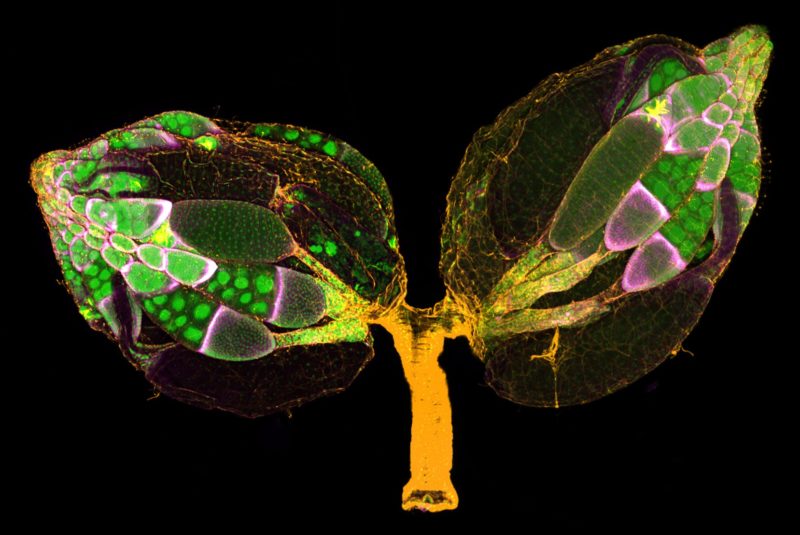Drosophila melanogaster is the scientific name of the fruit fly, which has been used as a model organism in biomedical research, especially genetics and neuroscience, for more than a century. Thomas Hunt Morgan used the fly to prove the chromosomal theory of inheritance, a finding for which he received the Nobel Prize.
Drosophila shares 60 percent of human DNA. Some genes have been conserved over millions of years of evolution and can be studied easily and rapidly in flies because insects are easy to handle, inexpensive to culture and have a short life cycle, making the fly a powerful tool for research that has led to important discoveries in cancer, autism, diabetes, and many other human conditions.
The Drosophila female reproductive system, pictured in this photo, is anatomically similar to the human counterpart and some of the genes involved in ovulation in the fly are the same required for ovulation in mammals, therefore Drosophila is also a valuable model for understanding the biology of some ovarian cell types and their contribution to cancer formation.


 Share
Share Tweet
Tweet Pin-It
Pin-It